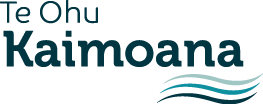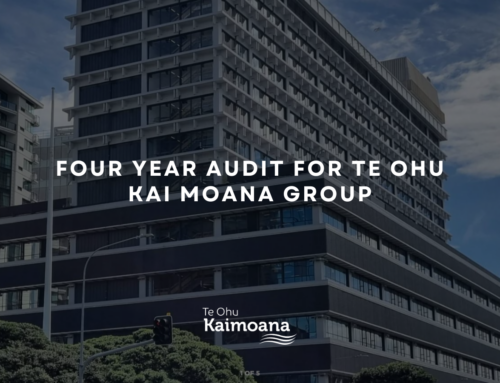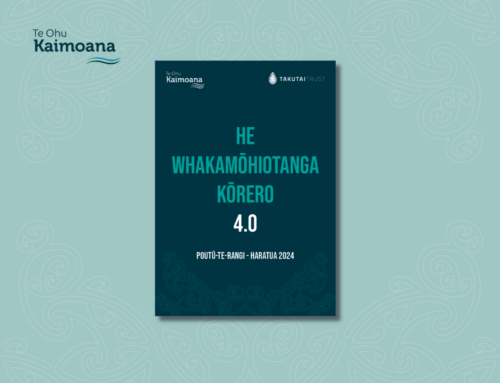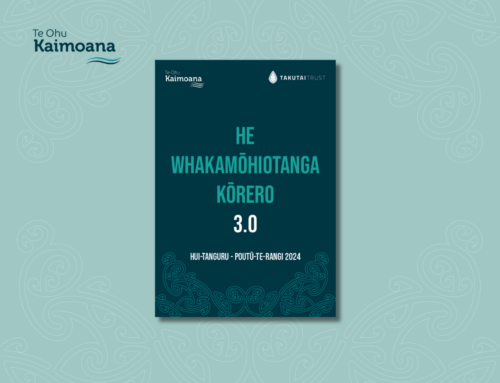The dilemma of 28N rights is a hangover from the introduction of the Quota Management System. They have cost iwi approximately $14 million over the last 30 years. It’s an issue of contention for Te Ohu Kaimoana, who are working with Fisheries New Zealand on a solution that protects the value of the Māori Fisheries Settlement. Policy analyst, Tamar Wells, explains the origin of 28N rights how they impact fisheries at present and outlines a solution.
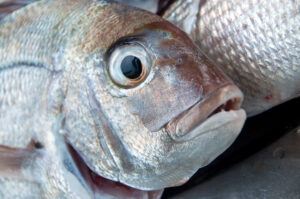
When the Quota Management System (QMS) was first introduced in 1986, quota was measured in tonnes not shares. Participants in each fishery were allocated quota from catch histories based on their actual catch. The fisheries were then managed through buying and selling tonnage across industry parties and Government. If science suggested that more tonnage could be sustainably caught in the coming year, the Government would sell additional tonnage and gain the revenue from that sale. However, if a reduction in catch was required to achieve a sustainable fishery, the Government was then required to purchase tonnage from the quota owners so that it would not be caught.
At this time, a number of fisheries needed to be reduced so that their stocks could recover (because the QMS was about improving New Zealand’s sustainable fisheries management). As such, the amount of quota allocated to participants based on catch histories now exceeded what was deemed to be the sustainable limit for the fishery at the time.
1. Industry could sell (some of) the quota back to the Government through a tendered ‘buy back’ scheme where quota owners nominated the price for an amount and Government accepted those starting from the lowest price.In response to this, the Government offered participants in the industry two options:
2. Some of the quota from each owner at that time was ‘put in the fridge’ until the fish stock had recovered sufficiently to allow additional tonnage to be made available through an increase in the TACC. This was known as 28N rights (it’s section 28N of the Fisheries Act 1983). Affected participants who chose this option also had the first right to receive a proportion of the additional tonnage equal to what they had ‘put in the fridge’ when it became available again.
But by 1989, the Government was faced with what would have been huge liabilities to buy quota from industry parties for a number of fish stocks whose Total Allowable Commercial Catch (TACC) required a reduction. As a result, the Government and industry agreed to amend the legislation and change quota from tonnes to proportional shares. The introduction of proportional quota shares created better incentives for each commercial participant to promote long-term sustainability.
A contradiction in the Act
The 1989 interim Māori Fisheries Settlement provided iwi 10% of quota shares for each QMS fish stock. Following the signing of the Fisheries Deed of Settlement this was increased to 20% of the shares of any new stock introduced into the QMS.
However, in changing the QMS to a proportional shares system, the Government also changed the way 28N rights were delivered to rights holders. The new legislation required that whenever there is an increase to the TACC for a fishery that has 28N rights, that TACC increase is applied first to 28N rights holders until all 28N rights are satisfied – essentially transferring shares from other quota owners (both normal quota and settlement quota) to 28N rights holders. This can only occur where the Minister of Fisheries increases the TACC of a fishery.
While the legislation provides for this, it also undermines the Māori Fisheries Settlement. There is an overriding obligation to be consistent with the legislation introduced to give effect to the Fisheries Deed of Settlement. Diluting Settlement quota to below the 10% is not only inconsistent with the Settlement, it undermines it. For the 32 fishstock stocks that currently have outstanding 28N rights, any increase in the TACC for these will effectively reduce the proportion of quota shares iwi received through the Fisheries Settlement. To date, iwi quota shares valued at approximately $14 million have been reallocated to 28N rights holders after a TACC increase.
The existence of 28N rights creates a dilemma in that it is self-contradictory within the Act. The Act must be consistent with the legislation that gives effect to the Fisheries Settlement but must also provide for the sustainable utilisation for all interests.
Te Ohu Kaimoana supports increasing TACCs to enable utilisation benefits derived from sustainably managed fisheries. However, this cannot be delivered in a way that reduces the proportional holdings of iwi. In 2019, the Minister moved to increase the TACC for SKI7; a stock with 28N rights associated with it. In order to prevent the loss of iwi quota shares, Te Ohu Kaimoana took legal action and made an injunction on this decision. We are currently working on a proposal with the holders of those rights to resolve the issue in a way that does not undermine the Fisheries Settlement.
If a TACC is decreased then it is more likely that it will be increased in the future. All quota owners face a reduction in ACE (annual catch entitlement) when a TACC is reduced. But when the fishery recovers, the legislation provides that 28N rights holders gain the first right to the increase. So, in a fishery that has 28N rights, all quota owners share the pain, but 28N rights holders enjoy the gain until their claims to the TACC are met.
Shelving – an alternative solution
One way of avoiding this impact is for existing quota owners to shelve an agreed quantity of their Annual Catch Entitlement (ACE). Each fishery has 100 million quota shares associated with it and are applied to the TACC to generate ACE (ACE reflects the tonnage derived from quota shares that can be caught in a fishing year). ‘Shelving’ refers to the industry choosing to set aside a portion of the available ACE from the TACC that will not be used to balance against catch in that year.
This avoids the need to reduce the TAC/TACC and it is something that quota owners can do pro-actively (as they did for example in the hoki fishery for the 2018/19 fishing year). The Minister can take this sort of action into account when the TAC/TACC settings are formally reviewed but he can still choose to reduce the TAC/TACC (which is what he did for hoki for the 2019/20 fishing year).
The advantage is that the catch is reduced, but the TACC is not changed – this preserves the proportion each quota owner has in the fishery and doesn’t alter the quota shares they hold. As such, it avoids the potential risks arising from the TACC being altered through reallocation to the recreational sector or triggering 28N rights (because when the fishery recovers, a strict interpretation of the legislation requires the increase to go to 28N rights holders first).
Shelving also enables the industry to take action and reduce catch in a timely manner. Each year industry can decide, based on their collective assessment of the state of the fishery, what level of catch can sustainably be caught while monitoring the recovery of the fishery. Shelving is a responsive and agile tool that can be fine-tuned any time during the fishing year. It could also be the solution to the dilemma that is 28N rights.
This story was first published in the Hōtoke 2021 issue of Te Korowai o Tangaroa.
